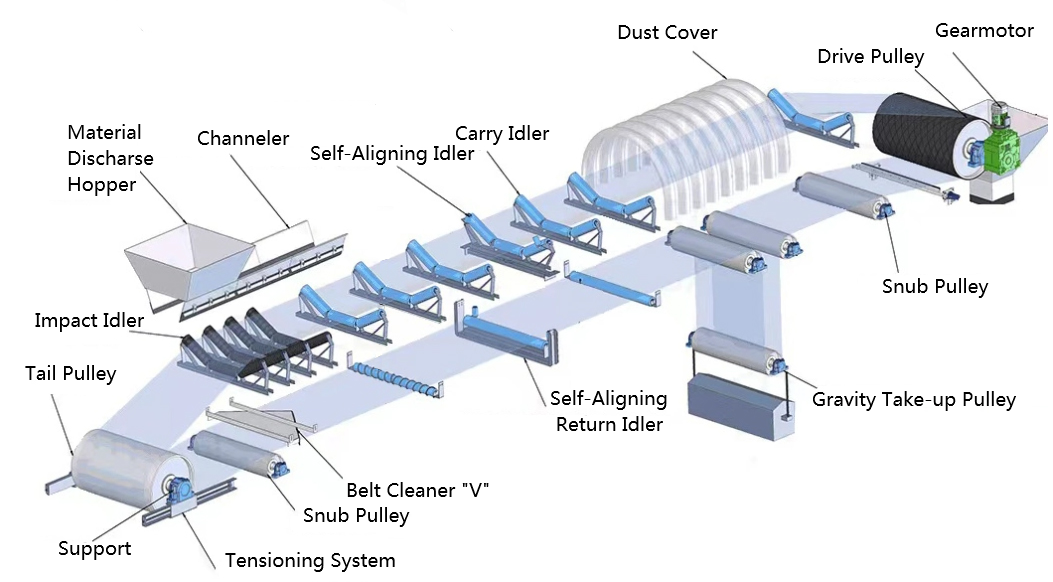 Afrikaans
Afrikaans  Albanian
Albanian  Amharic
Amharic  Arabic
Arabic  Armenian
Armenian  Azerbaijani
Azerbaijani  Basque
Basque  Belarusian
Belarusian  Bengali
Bengali  Bosnian
Bosnian  Bulgarian
Bulgarian  Catalan
Catalan  Cebuano
Cebuano  Corsican
Corsican  Croatian
Croatian  Czech
Czech  Danish
Danish  Dutch
Dutch  English
English  Esperanto
Esperanto  Estonian
Estonian  Finnish
Finnish  French
French  Frisian
Frisian  Galician
Galician  Georgian
Georgian  German
German  Greek
Greek  Gujarati
Gujarati  Haitian Creole
Haitian Creole  hausa
hausa  hawaiian
hawaiian  Hebrew
Hebrew  Hindi
Hindi  Miao
Miao  Hungarian
Hungarian  Icelandic
Icelandic  igbo
igbo  Indonesian
Indonesian  irish
irish  Italian
Italian  Japanese
Japanese  Javanese
Javanese  Kannada
Kannada  kazakh
kazakh  Khmer
Khmer  Rwandese
Rwandese  Korean
Korean  Kurdish
Kurdish  Kyrgyz
Kyrgyz  Lao
Lao  Latin
Latin  Latvian
Latvian  Lithuanian
Lithuanian  Luxembourgish
Luxembourgish  Macedonian
Macedonian  Malgashi
Malgashi  Malay
Malay  Malayalam
Malayalam  Maltese
Maltese  Maori
Maori  Marathi
Marathi  Mongolian
Mongolian  Myanmar
Myanmar  Nepali
Nepali  Norwegian
Norwegian  Norwegian
Norwegian  Occitan
Occitan  Pashto
Pashto  Persian
Persian  Polish
Polish  Portuguese
Portuguese  Punjabi
Punjabi  Romanian
Romanian  Russian
Russian  Samoan
Samoan  Scottish Gaelic
Scottish Gaelic  Serbian
Serbian  Sesotho
Sesotho  Shona
Shona  Sindhi
Sindhi  Sinhala
Sinhala  Slovak
Slovak  Slovenian
Slovenian  Somali
Somali  Spanish
Spanish  Sundanese
Sundanese  Swahili
Swahili  Swedish
Swedish  Tagalog
Tagalog  Tajik
Tajik  Tamil
Tamil  Tatar
Tatar  Telugu
Telugu  Thai
Thai  Turkish
Turkish  Turkmen
Turkmen  Ukrainian
Ukrainian  Urdu
Urdu  Uighur
Uighur  Uzbek
Uzbek  Vietnamese
Vietnamese  Welsh
Welsh  Bantu
Bantu  Yiddish
Yiddish  Yoruba
Yoruba  Zulu
Zulu conveyor pulley price
Understanding Conveyor Pulley Prices Factors that Influence Costs
Conveyor pulleys play a critical role in material handling systems across various industries. From mining operations to manufacturing plants, these components are instrumental in transporting materials efficiently and effectively. However, when it comes to acquiring conveyor pulleys, one of the primary concerns for businesses is the cost. Understanding the factors that influence conveyor pulley prices can help organizations make informed purchasing decisions.
Material Quality
One of the most significant factors affecting the price of conveyor pulleys is the quality of materials used in their construction. Pulleys are commonly made from steel, aluminum, or high-strength polymers. High-quality materials not only enhance durability and longevity but also increase resistance to wear and corrosion. For instance, pulleys made from stainless steel tend to be more expensive due to their superior strength and resistance to rust. Businesses must assess the specific demands of their applications and choose materials that strike a balance between cost and durability.
Size and Specifications
The dimensions and specifications of conveyor pulleys vary widely depending on their intended use. Larger and more complex pulleys generally come at a higher price point. Factors such as diameter, width, and weight-bearing capacity will directly impact the cost. Additionally, specialized features, such as lagging options or custom designs tailored to unique conveyor systems, can significantly drive up prices. Companies should evaluate the size and specifications they require and determine the most cost-effective options without compromising performance.
Manufacturing Process
The manufacturing process can also influence the overall price of conveyor pulleys. Pulleys that are mass-produced typically cost less due to economies of scale achieved during production. In contrast, custom-designed pulleys that cater to specific operational needs may involve higher labor costs and longer lead times, resulting in increased prices. It is essential for businesses to weigh the benefits of custom solutions against their budgets, factoring in their unique operational requirements.
conveyor pulley price

Additional Features and Accessories
Many conveyor pulleys come with additional features or accessories that can enhance their functionality. For example, pulleys may be fitted with bearings, coupling systems, or advanced drive mechanisms. While these features can improve operational efficiency, they also add to the overall cost. Organizations should consider which features are essential for their operations and which may be unnecessary expenses.
Supplier Reputation
The reputation of the supplier or manufacturer is another crucial factor in conveyor pulley pricing. Established brands with a track record of delivering high-quality products and customer service often charge more for their pulleys. However, investing in reputable suppliers can result in lower overall costs in the long term due to fewer maintenance issues and greater reliability. Businesses should conduct thorough research on potential suppliers and assess customer reviews to ensure they are making an investment in quality.
Market Trends and Demand
Finally, market trends and demand can significantly impact conveyor pulley prices. Economic fluctuations, supply chain disruptions, or changes in demand across industries can all lead to price variations. For example, during periods of increased demand for mining equipment, the prices for conveyor components, including pulleys, may rise. Organizations should stay informed about industry trends to anticipate potential price changes and adjust their purchasing strategies accordingly.
Conclusion
In conclusion, conveyor pulley prices are influenced by a variety of factors, including material quality, size, manufacturing processes, additional features, supplier reputation, and market trends. By understanding these elements, businesses can make more informed decisions, ensuring they invest in conveyor pulleys that meet their operational needs without exceeding their budgets. Careful consideration of these factors will not only optimize costs but also enhance overall efficiency in material handling operations.
-
Revolutionizing Conveyor Reliability with Advanced Rubber Lagging PulleysNewsJul.22,2025
-
Powering Precision and Durability with Expert Manufacturers of Conveyor ComponentsNewsJul.22,2025
-
Optimizing Conveyor Systems with Advanced Conveyor AccessoriesNewsJul.22,2025
-
Maximize Conveyor Efficiency with Quality Conveyor Idler PulleysNewsJul.22,2025
-
Future-Proof Your Conveyor System with High-Performance Polyurethane RollerNewsJul.22,2025
-
Driving Efficiency Forward with Quality Idlers and RollersNewsJul.22,2025





























